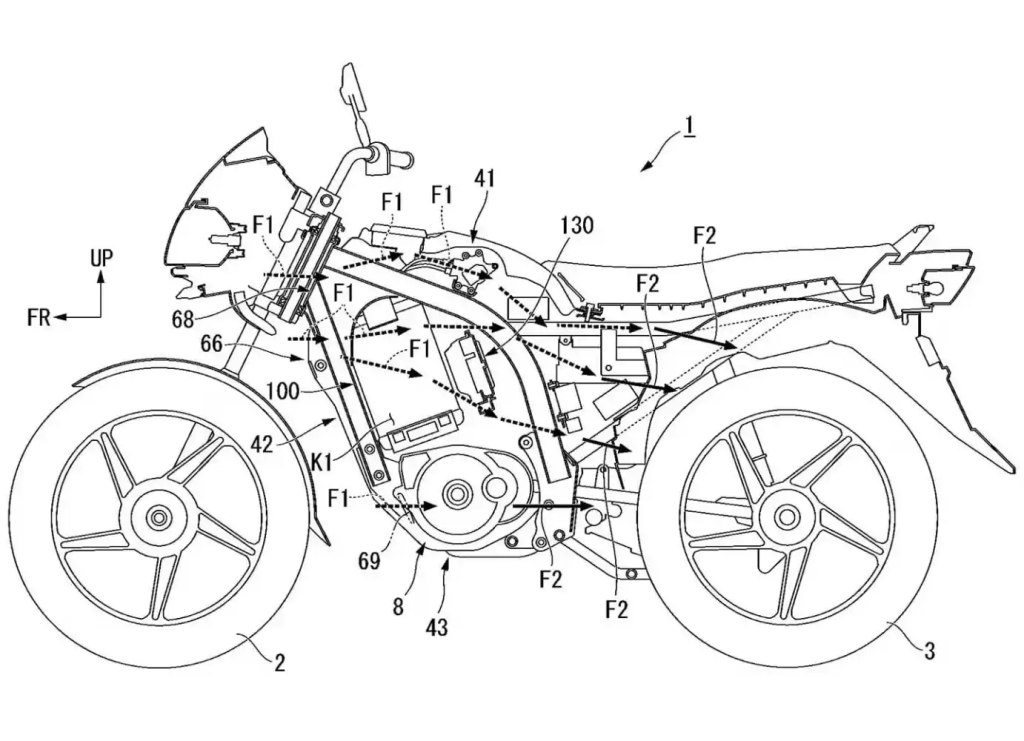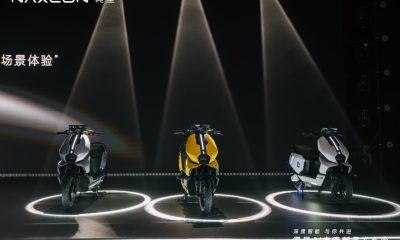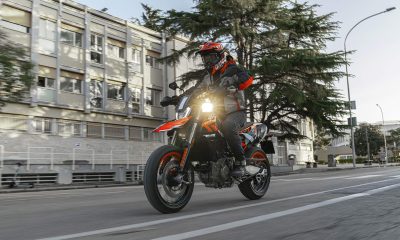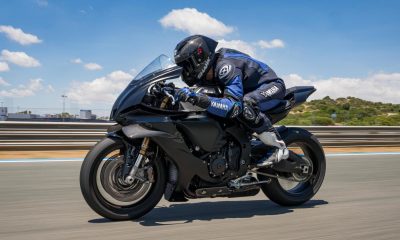Honda’s new patent reveals plans for an affordable electric motorcycle using the Shine 100 chassis, targeting commuter markets worldwide.

Subscribe to our Telegram channel for instant updates!
Honda is setting its sights on transforming the entry-level electric motorcycle space, not with radical reinvention, but with smart evolution. Recent patent filings suggest the world’s top motorcycle manufacturer is preparing to electrify one of its most trusted machines: the Honda Shine 100. This time, it’s not a concept. It’s a playbook for scaling electric mobility where it matters most: the daily commute.
A Familiar Frame, a New Purpose
Instead of building an electric bike from the ground up, Honda appears to be reengineering its Shine 100 platform, a best-selling model in markets like India, to house an electric powertrain. According to the patent drawings, a mid-mounted motor replaces the traditional engine, while a pair of lithium-ion batteries neatly occupy the space where a fuel tank once sat. This architecture is as cost-efficient as it is practical.
By reusing the Shine’s backbone frame, mounting points, and general layout, Honda avoids the complexity (and cost) of starting from scratch. That’s a strategic move, especially in price-sensitive markets where margins are tight and customers demand proven reliability.
Performance in Line with Purpose
This isn’t a high-powered sports EV. If the Shine 100 is the benchmark, expect a top speed of around 80–85 km/h (50–53 mph) and modest output near 5.5 kW, right in the sweet spot for urban commuting. The simplicity continues under the skin: no active cooling system, but rather a ducted airflow channel to manage heat passively. It’s enough for daily use, but avoids unnecessary power draw or component bulk.
Even styling cues are conservative. The patent images show a design that stays close to the Shine’s classic commuter silhouette, with small touches like a faux fuel cap, possibly repurposed as a charging port, to preserve familiar ergonomics for ICE-to-EV converts.
Why This Matters
Honda already has electric models like the EM1 e: and Activa e: in the market, but this project feels different. It targets motorcycle buyers, not scooter shoppers, and it speaks to an enormous global customer base that views motorcycles as utility, not luxury. By leveraging an existing platform, Honda cuts down development time and tooling costs while keeping the bike affordable, potentially well under the USD $5,000 threshold that has limited widespread EV adoption.
That price point could make it a game-changer in emerging markets, particularly across South Asia, Southeast Asia, and Africa, regions where motorcycles are lifelines, not lifestyle statements.
From Patent to Pavement
Honda hasn’t committed to production or confirmed specs, but the patent’s level of detail suggests this isn’t just a backroom sketch. It’s part of a much larger strategy to build electric vehicles that don’t just look smart, they make financial sense.
If Honda can deliver on its vision, the electric Shine spin-off could become the first truly mainstream electric motorcycle from a global OEM, paving the way for broader adoption and accelerated infrastructure development in regions that need it most.





























Facebook
Instagram
X (Twitter)
YouTube
LinkedIn
RSS